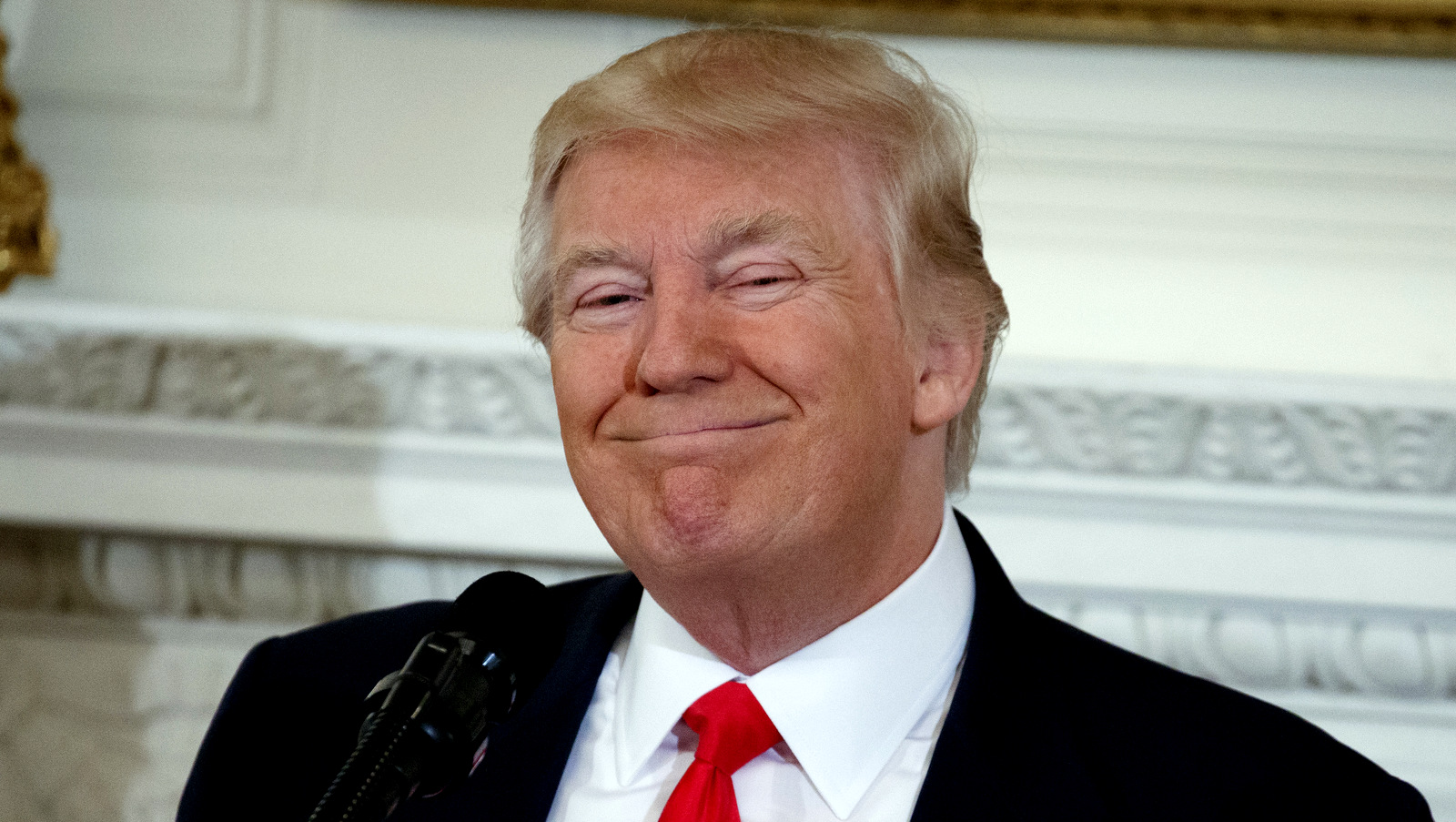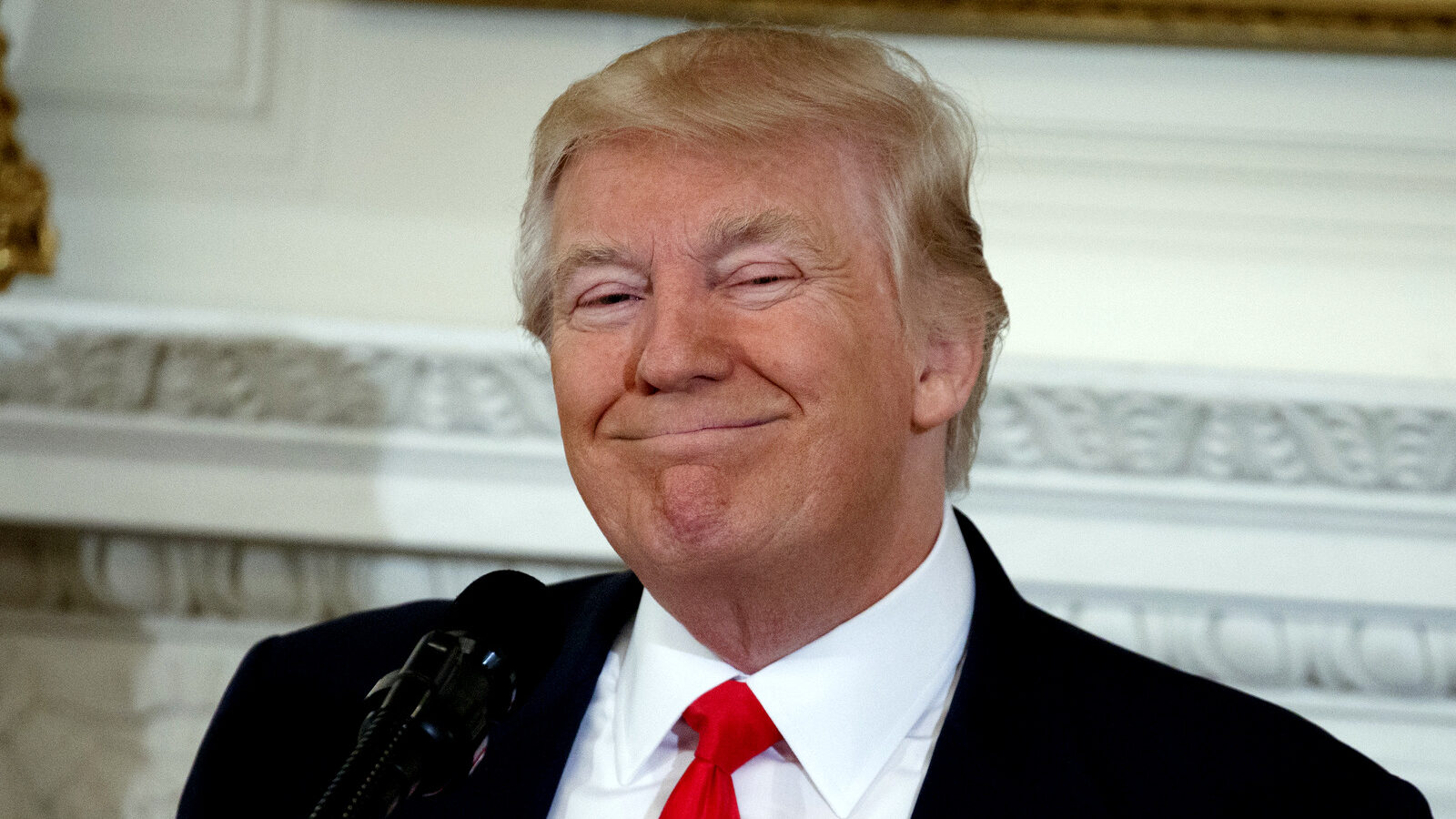
Ahead of its formal release Thursday, the White House unveiled key details about U.S. President Donald Trump’s first budget proposal which would gut key departments, going as far to entirely eliminate 19 federal agencies, all in the name of boosting military spending and increasing “border security”.
While nothing in the budget is a surprise — even before taking the oath of office Trump and his surrogates hinted at many of the proposed cuts — the sheer breadth and depth of the proposed cuts are unprecedented.
With this initial budget — which only deals with discretionary spending for fiscal year 2018 and will be followed up by a more detailed budget later this spring — Trump is closer than any previous U.S. president to fulfilling the infamous goal of notorious far-right Republican anti-tax guru and Honduran coup supporter Grover Norquist of cutting government “down to the size where we can drown it in a bathtub.”
“You see reductions in many agencies as he tries to shrink the role of government, drive efficiencies, go after waste, duplicative programs,” White House Budget Director Mick Mulvaney told reporters. “If he said it in the campaign, it’s in the budget.
The biggest cuts would see the Environmental Protection Agency funding reduced by almost 30 percent, the State Department and Department of Agriculture cut by 29 percent each, the Department of Health and Human Services — which oversees Medicare and Medicaid — slashed by 23 percent and the Department of Labour funding diminished by 21 percent.
Funding for the Departments of Education and Housing and Urban Development would be cut by 14 and 16 percent respectively.
Trump would also entirely eliminate funding to 19 federal agencies, including the National Endowment for the Arts, the Corporation for Public Broadcasting and the Legal Services Corporation, which provides legal assistance to low-income citizens.
These cuts will mean thousands of federal workers will be fired, with some estimating that the cuts could mean up to 20 percent of the 2.79 million federal employees could lose their jobs.
“You can’t drain the swamp and leave all the people in it,” Mulvaney told reporters.
At the same time, Trump plans to boost the Department of Homeland Security budget by 7 percent — largely focused on fulfilling his promise to deport millions of undocumented workers — and increase military spending by 10 percent, meaning US$52.3 billion more in 2018 for U.S. wars around the world.
Also included is a request that Congress immediately approve US$1.5 billion to begin construction of his notorious border wall, with an additional US$2.6 billion when the rest of the 2018 budget is presented in mid-May.
The largest single increase in spending would go to the Department of Transportation, which would see funding boosted by over 13 percent.
Some of the spending increases would actually be directed at moving towards the privatization of key government functions.
The Department of Education, while cut overall, would receive US$1.4 billion in new monies for new “school choice programs,” while the Department of Veterans Affairs could see an overall boost of more than 10 percent, much of that new funding which would go toward expanding a program allowing eligible veterans to seek private health care.
Most dramatically, perhaps, Trump is proposing to entirely privatize the national air traffic control system.
Trump will formally present this first phase of the 2018 budget process to Congress on Thursday where it is expected to undergo intense and lengthy scrutiny by both Republicans and Democrats.
© teleSUR


